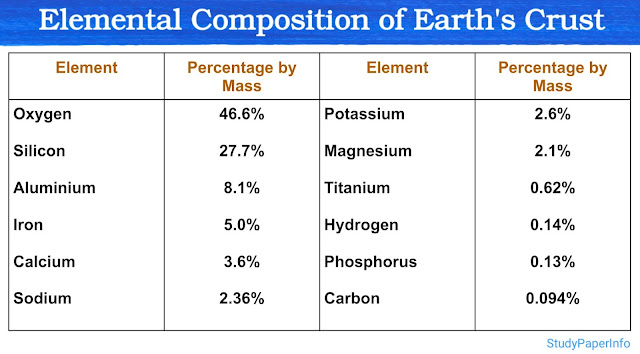Why it is easier to study the linkage relationship for X-linked genes as compared to autosomal genes in humans
Yes, in humans, it is easier to study linkage relationships for X-linked genes than for autosomal genes. This is mainly because of the unique pattern of inheritance of X-linked genes and the simpler genetic structure found in males.
In humans, females have two X chromosomes (XX), while males have one X and one Y chromosome (XY). Due to this difference, X-linked genes show specific inheritance patterns which help researchers in easily observing and tracking the recombination events across generations. Also, the way X-linked traits are expressed in males provides a more direct way to study linkage relationships.
Here are the following reasons that explain why the study of linkage relationship for X-linked genes is easier as compared to autosomal genes in humans:
1. Hemizygosity in males:
Males have only one X chromosome. So, any gene located on this chromosome is expressed directly. Whether the gene is dominant or recessive, it shows up in the phenotype without being masked. This direct expression avoids complications like heterozygosity which are common in autosomal genes.
2. No recombination in male X chromosome:
In males, the X chromosome does not pair or recombine with the Y chromosome during meiosis, except in a very small region. This means genes on the X chromosome in males are transmitted without recombination, making it easier to observe linkage between markers and genes.
3. Predictable inheritance pattern:
X-linked traits follow a known pattern. Fathers pass their X chromosome to all daughters and never to sons. Mothers pass their X chromosomes to both sons and daughters. This regularity in inheritance makes it easier to follow how genes are passed on and where recombination has occurred.
4. Simpler genetic background:
Since males carry only one X chromosome, the chance of detecting linkage between X-linked genes is higher due to lack of gene interaction. In contrast, autosomal genes often involve more complex dominance and interaction patterns.
5. Relatively smaller size of X chromosome:
The X chromosome is smaller than most autosomes and has fewer genes. This makes it technically easier to map genes, compare distances, and study recombination frequencies with fewer variables.


Comments
Post a Comment